Plant Science
Quinoa—quest to feed the world
The high-quality sequencing of a quinoa genome brings new potential for global food security.
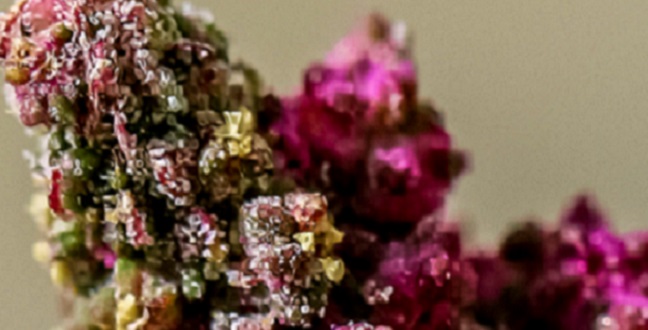
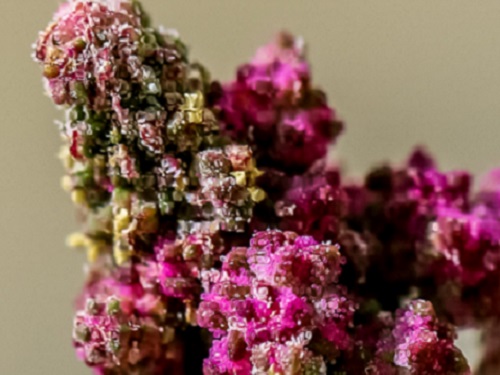
The sequencing of the first high-quality quinoa genome by a KAUST-led research team could one day help transform our ability to feed the world’s growing population.
© 2017 Linda Polik
Quinoa could hold the key to feeding the world’s growing population because it can thrive in harsh environments and grows well on poor-quality, marginal land. Now, KAUST researchers have completed the first high-quality sequence of the Chenopodium quinoa genome, and they have begun pinpointing genes that could be manipulated to change the way the plant matures and produces food1. The project brought together 33 researchers from four continents, including 20 people from seven research groups at KAUST, to produce an article that will be published this week in Nature and will feature on the cover of the February 16 issue.
“Quinoa was the staple ‘Mother Grain’ that fueled the ancient Andean civilizations, but the crop was marginalized when the Spanish arrived in South America and has only recently been revived as a new crop of global interest,” said KAUST Professor of Plant Science Mark Tester, who led the project team. “This means quinoa has never been fully domesticated or bred to its full potential even though it provides a more balanced source of nutrients for humans than cereals.”
As a first step toward improving our understanding of how quinoa grows, matures and produces seeds, Tester’s team decided to sequence its genome. They used a combination of techniques, including cutting-edge sequencing technologies and genetic mapping, to piece together full chromosomes of C. quinoa. Their resulting genome is the highest-quality quinoa sequence to date, and it is already yielding insights into the plant’s traits and growth mechanisms.
“One problem with quinoa is that the plant naturally produces bitter-tasting seeds,” said Tester. “This is due to the accumulation of chemical compounds called saponins in the seeds. We’ve pinpointed one of the genes that we believe controls the production of saponins in quinoa, which would facilitate the breeding of plants without saponins to make the seeds taste sweeter.”
There is immense potential for the genome sequence to help scientists understand quinoa and therefore modify it for more widespread, commercial use. For example, breeders could use this genetic information to learn how to control plant size to favor shorter, stockier plants that are less likely to fall over. These more stable plants could support bigger seed heads and be grown closer together in large fields.
“We already know that the quinoa plant family is incredibly resilient,” said Tester. “It can grow in poor soils, salty soils and at high altitudes. It really is a very tough plant. Quinoa could provide a healthy, nutritious food source for the world using land and water that currently cannot be used, and our new genome takes us one step closer to that goal.”
References
-
Jarvis, D.E., Ho, Y.S., Lightfoot, D.J., Schmöckel, S.M., Li, B.,…Tester, M. The genome of Chenopodium quinoa. Nature 542, 307–312 (2017).| article
You might also like

Plant Science
Reference genomes for rice’s wild relatives may boost future crops

Bioscience
Digging into the world of plant-growth-promoting microbes

Environmental Science and Engineering
Hydrogen storage solution could lie in lakes
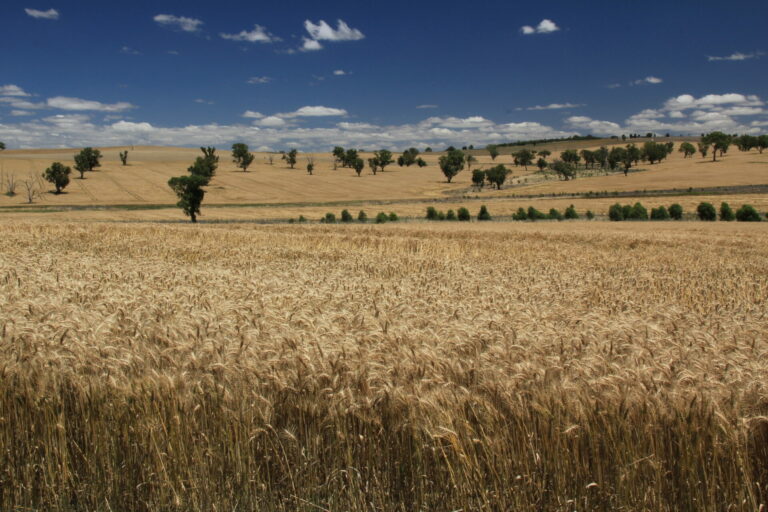
Bioscience
Unraveling modern bread wheat from the genes up
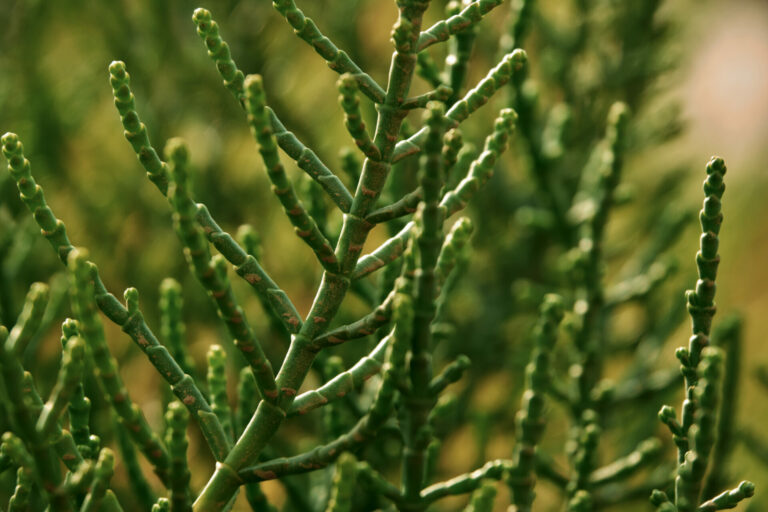
Bioscience
Why do some plants thrive in saline conditions?
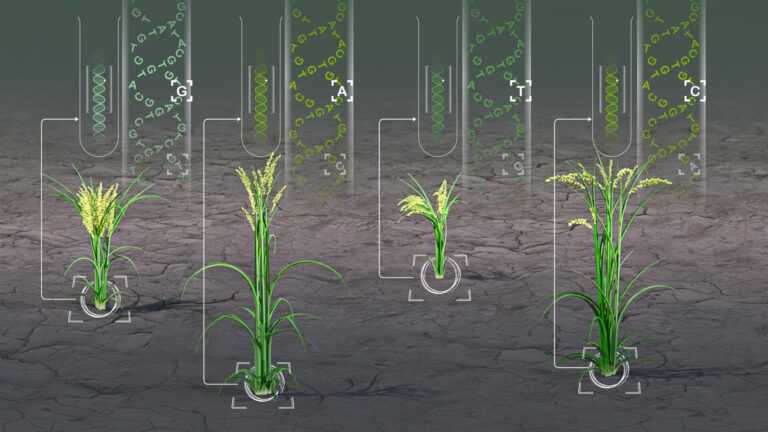
Bioengineering
Analytic tool reveals more cream of the crops
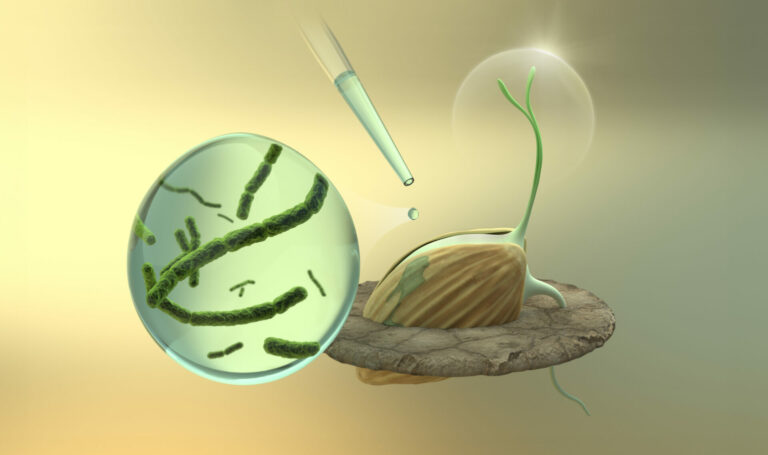
Plant Science
Targeting seed microbes to improve seed resilience
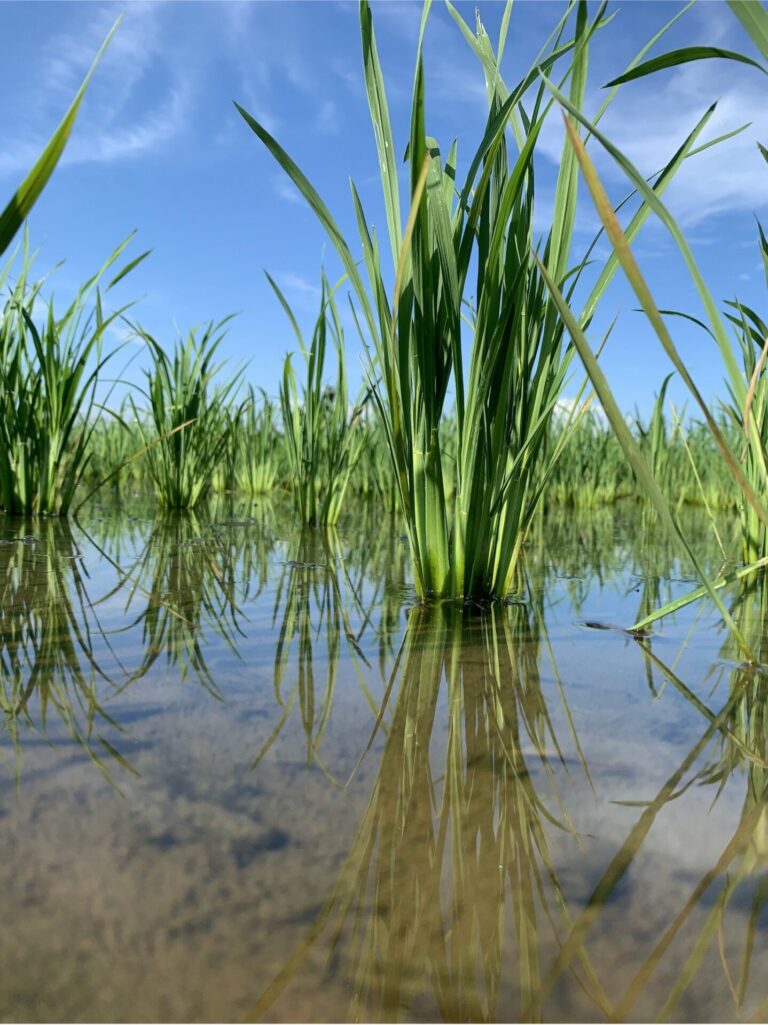
Bioengineering



